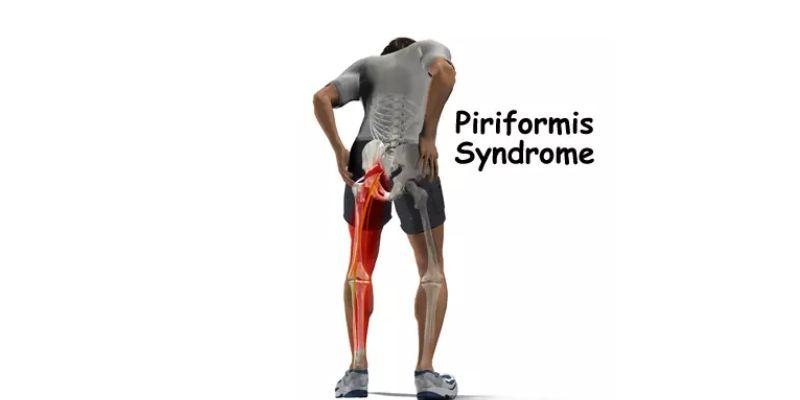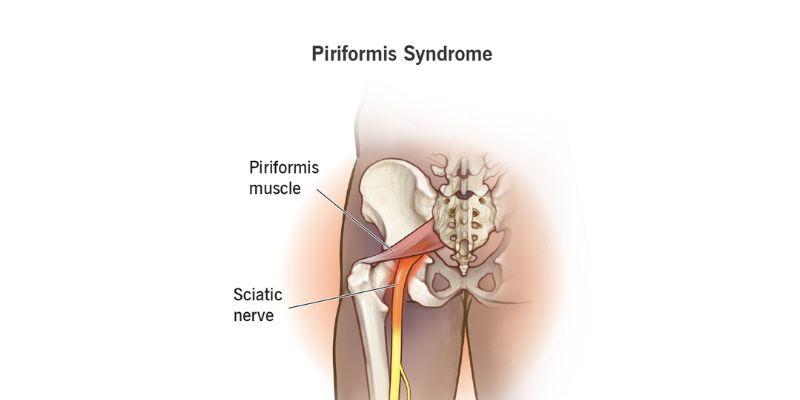Do you often experience deep soreness in your buttocks that travels down your leg? It could be more than simply a torn muscle; it could be piriformis syndrome. This painful condition occurs when the tiny piriformis muscle compresses the sciatic nerve. Pain, tingling, or even numbness can make it hard to sit, walk, or climb stairs.
Many people think it’s sciatica; however, the etiology is different. If you know the signs and symptoms of piriformis syndrome, you can take early action, whether you’re an athlete, an office worker, or someone who is healing from an accident. If you ignore the signs, you could have nerve problems for a long time. This article will teach you the primary indicators to look for and the main causes of this annoying ailment.

Here are the key warning signs of piriformis syndrome that can help you recognize the condition early and seek help.

Below are the most common causes of piriformis syndrome that may lead to pain, tightness, and nerve-related discomfort.
Catching piriformis syndrome early allows for manageable—though sometimes uncomfortable—treatment. Beginning as discomfort in the buttocks, it may also produce leg tingling, numbness, or pain. Muscle overuse, poor posture, prolonged sitting, or previous injuries are common causes of these conditions. Knowing the symptoms and origins of piriformis syndrome lets you act on it before the pain gets worse. Rest, stretching, and posture correction help many people recover. Get checked out if your symptoms persist; don’t ignore them. Early treatment can alleviate pain and prevent worsening of nerve damage.

Discover how hostels make budget travel affordable, social, and unforgettable.

Discover smart and easy ways to explore your dream destinations on a budget.

Explore top travel destinations blending culture, nature, and sustainability.

Balanced nutrition supports brain health and mood. Discover how diet affects emotional well-being and mental resilience.

Laser eye surgery guide detailing types, risks, recovery process, candidacy factors, and costs for improved vision.

Discover 10 science-backed strategies to optimise health, enhance wellness, and maintain long-term vitality naturally.

A 40-year study reveals that weight loss surgery lowers early death risk, offering long-term health and survival benefits.

Busy parents can enjoy the holidays with quick, healthy meals that save time, reduce stress, and support family wellness.

Learn the types, causes, and treatments for headaches, and discover when it’s time to consult a healthcare professional.

Is it safe to travel to Sicily after Mount Etna’s eruption? Here’s the latest safety advice, alerts, and travel tips for visitors

Bangkok, Lima, Lyon, Wellington, Osaka, and Lucknow are the top food capitals of the world that serve you the best local flavors

Get updated travel safety tips and real-time alerts for Bali tourists following the recent volcano eruption and ash disruptions